What Size Compression Socks Do I Need? - A Comprehensive Guide
Key Takeaways
- Compression socks boost circulation by exerting graduated pressure, assisting in the prevention of swelling, fatigue, and discomfort in the legs. They’re most useful for people with specific medical conditions or for people who sit or stand for extended periods.
- Fit matters, and it’s essential for both effectiveness and comfort. Follow our guide to using a tape measure for the best measurement of your legs. Measure around your ankle, calf and sometimes thigh to find the appropriate size.
- Refer to size charts provided by manufacturers to guarantee the most accurate fit. There might be variations depending on the brand, so be sure to measure them against brand-specific size charts.
- There are several types of compression socks, including knee-high, thigh-high, and full-length styles. Pick the style and level of compression that best fits your lifestyle, from everyday, to athletic, to medical-grade support.
- We know trying on compression socks can be difficult, given their compression fit. Continue rolling the socks down to just above your toes. Next time, gradually pull them up to ensure a snug fit without any creases.
- Additionally, if not fitted or used properly, side effects include skin irritation, skin discomfort, or restricted circulation. If you ever have doubts about what compression level is appropriate for you, or if you have medical issues, be sure to ask your doctor.
Compression socks are medical-grade socks that are specially designed to enhance blood circulation in the legs by gently squeezing the leg. These devices are shown to help reduce swelling and prevent blood clots.
Additionally, they help aid muscle recovery, which makes them ideal for anyone who spends long hours on their feet or sitting down. These socks are available in various pressure levels, indicated in millimetres of mercury (mmHg).
From everyday comfort to graduated compression medical-grade support, there’s a sock for everyone. Synthetic materials such as nylon and spandex make them super durable while providing a close fit without loss of breathability.
Whether for travel, sports, or managing conditions like varicose veins, compression socks provide a practical solution to maintain leg health and comfort throughout the day.
What Are Compression Socks
Compression socks are a specialized form of hosiery that are specifically designed to help blood circulation in the legs and feet. By applying graduated pressure on the feet and legs, these socks encourage better blood oxygen circulation, contributing to diminished fatigue, swelling, and pain. They’re particularly helpful for those who sit or stand all day.
They’re perfect for anyone on the mend from specific medical situations, too. The key to their effectiveness lies in their design: the highest compression is concentrated around the ankle, gradually decreasing by approximately 70% just below the knee. This graduated compression helps reduce venous stasis and edema.

What you wear is equally as critical as what compression socks do. Carefully selected, high-quality fabrics offer protection and long-lasting comfort. Correct sizing ensures you receive the appropriate amount of compression, which is measured in millimetres of mercury (mmHg). Compression is usually 15 to 20 mmHg for everyday wear.
For medical purposes, healthcare professionals usually prescribe much higher levels. Self-prescription is safe when the Ankle Brachial Pressure Index (ABPI) is more than 1.0. Beyond that, ensure that the socks are the appropriate fit for your safety. Anti-embolism stockings, as the name implies, are specifically designed to lower the risk of developing deep vein thrombosis and other clot-related complications.
They are critical to post-operative care and long-haul travel. Timing is an important factor to consider when wearing compression socks. They are only effective under certain conditions, notably when worn early in the morning before swelling starts to occur. You can comfortably wear them throughout the day for everyday use.
Simply remove them before you go to bed—unless your physician instructs you to do otherwise. They’re not comfortable for everyone. Research shows that 22% of thigh-high and 14% of knee-high wearers stop using because they are uncomfortable. Selecting the proper material, fit, and length will help resolve this concern.
Benefits of Properly Fitted Compression Socks
The health benefits of compression socks are numerous, but it’s important that they’re fitted correctly to meet each patient’s unique needs. One of the biggest benefits of these socks is that they help to encourage blood flow. This improvement happens exclusively in the distal half of the body.
This is particularly beneficial for decreasing swelling. Whether due to diabetes, chronic illnesses, or even prolonged standing, swelling has a wide range of causes. They accomplish this by exerting mild pressure to the legs, helping blood return to the heart in a more effective manner.
Studies have found that nursing students who wore these socks while on shift reported much lower levels of pain and swelling. In truth, they might experience 50% less pain!
Properly fitted compression socks can take preventative and therapeutic purposes. These socks are important in managing acute issues such as deep vein thrombosis (DVT). They treat the debilitating effects of blood clots in the legs by alleviating swelling and pain.
People who are pregnant and in their third trimester will experience better circulation. This increase usually aids in minimizing swelling, a major issue in this stage.
Compression socks are truly a lifesaver for professionals. Nurses, teachers, and retail workers who spend 8-12 hours on their feet love them for this reason. They support healthy circulation and relieve pressure on veins, decreasing the likelihood of developing varicose veins and blood clots.
How Compression Socks Work
Compression socks work by helping blood circulate more effectively through the legs using graduated compression that exerts light pressure to the leg. This targeted compression helps blood flow upward toward your heart. This is especially true if you’re taking a long-haul flight or sitting at a desk all day.
By promoting consistent circulation, these socks alleviate any swelling and pain you may experience, most often in the lower legs or feet.
Graduated compression stockings are tightest at the ankle and gradually become less constrictive toward the top of the leg. This graduated compression design is incredibly powerful at increasing circulation. Compression socks come in a variety of pressures, usually 20 to 30 mmHg, which is sufficient to boost circulation without being painful.
This makes them helpful in treating everyday issues such as mild varicose veins, fatigued legs, or minor swelling. Those suffering from post-thrombotic syndrome will find relief by wearing these socks.
There is evidence of some interesting benefits for athletes, like increased oxygenation of muscles.
Who Should Use Compression Socks
From travelers to patients and everyone in between, compression socks provide an abundance of benefits to diverse populations, catering to unique needs and fostering improved leg health overall. These products are most valuable for individuals who stand all day long. This applies to many people, including healthcare workers, retail staff, and teachers.
These socks increase circulation of blood and oxygen in your body. They’re great in easing fatigue, swelling, and discomfort, making your rigorous workdays a whole lot easier. At-risk populations, like office employees and frequent travelers, regularly sit for extended hours, putting them at higher risk.
These snug-fitting socks offer soothing compression support that helps prevent blood from pooling, lowering the risk of deep vein thrombosis that can develop from long periods of immobility. Compression stockings are the cornerstone of venous disease treatment. They help prevent and treat conditions like varicose veins, spider veins, and venous insufficiency.
If left untreated, as many as 20% of Americans will develop varicose veins over their lifetime. Wearing these socks regularly improves vein health, reducing pain and discomfort associated with compromised veins. Further, they are advised for patients who have been diagnosed with peripheral venous diseases to help relieve symptoms and improve circulation.
Athletes can benefit from wearing compression socks during and post workout as well. Research on performance enhancement is scant. What these socks can do is assist muscles in their recovery and help ease strain, particularly for endurance-based sports such as running and cycling.
More comfortable legs and feet during training or competitions is what they provide by helping reduce ankle swelling and leg pain.
Importance of Proper Fit in Compression Socks
Having the right fit in compression socks is very important for anyone wearing them. It’s really the perfect aid in supporting circulation and helping to reduce discomfort. Compression socks are made to apply consistent, gentle, and graduated pressure to your legs. This compression promotes blood flow while avoiding swelling and fatigue. The ability to enjoy these benefits rests completely on getting the right fit.
A properly fitted pair will provide effective compression with an even distribution of pressure without uncomfortable restriction. This is to say that the sock should feel fitted without being constrictive with indentations left on your skin or pain. Measure the circumference of your calf at the widest point, then use that measurement to select your appropriate size.
Next, measure the narrowest part of your ankle in cm. This gives you the ability to match the proper fit for your specific needs, from mild to moderate to firm compression levels. Picking the right size socks increases their life span by avoiding excessive friction and wear and tear.
Poorly fitting socks can be stretched differently, which will affect the compression’s effectiveness over time.
Measuring Legs for the Right Size
It’s not as simple as selecting one off the shelf to get the correct size of compression socks. It’s a process that requires exact measurements customized to fit each person’s unique needs.
Now, did you know that around 80% of the population have significant left to right leg discrepancies? That is what makes it so important to measure each leg individually. That snug fit is key. Medical compression stockings need to work as a second skin to properly treat conditions such as venous insufficiency or lymphoedema.
To ensure accuracy, these measurements should be taken first thing in the morning, when the legs are the least swollen. For thigh-high stockings, circumferences over nine specific points on the leg are taken.

If you find you’re between sizes, it’s usually best to go with the smaller size, since a smaller size will offer more firm compression. Tools such as Sockaid can further make putting them on the right way much easier.
Using Size Charts to Determine Fit
Finding the best size for compression socks begins with proper sizing measurements. For the best fit, measure your ankle and calf circumference and your foot length. These dimensions are critical to making sure the socks deliver the right level of compression with no bite.
A small size fits an ankle circumference of 18-20 cm and a calf circumference of 28-36 cm. Conversely, a large size is appropriate for an ankle circumference of 23-25 cm and a calf circumference of 38-46 cm. If you’re in between sizes, use the ankle measurement to determine fit. This guarantees that the compression operates optimally where it needs to the most.
It’s advisable to test the socks first thing in the morning when swelling is at a minimum. To check the fit, you can turn the sock inside out halfway at the heel and gently pull it on to test. If a lot of difference in foot size, open-toe stockings are the option.
A quick stroll around the house makes it obvious that they don’t slide down.
Common Sizes and Variations
Compression socks are available in different sizes, styles, and levels of compression, serving a wide range of purposes and needs. They nab you the perfect amount of high-tech support and cush. These variations are more than cosmetic; they represent different functions, medical, athletic and daily use.
The sizing for compression socks is usually determined by measuring around your ankle, calf and potentially thigh. Correct measurements in centimetres are extremely important for ensuring that the socks are applying the proper pressure as evenly as possible.
A small size is ideal for an ankle size of 18-21 cm. It fits calf circumference of 28 to 38 cm. The height is different, with knee-high and thigh-high styles being the most popular. Each style is uniquely suited for its intended use. Knee-high versions support your lower legs, and thigh-highs deliver even more compression.
Variations include compression levels, measured in millimetres of mercury (mmHg). Lower ranges, such as 15-20 mmHg, are appropriate for mild swelling, while 30-40 mmHg is commonly needed for more serious medical disorders.
Tips for Trying On Compression Socks
Whether you’re looking to improve circulation, reduce swelling, or prevent or treat one of many medical conditions, wearing compression socks can have some serious benefits. When it comes time to put them on for the first time, it can be a little intimidating.
With some patience and practice, it’s very doable. The most important thing is to begin with the right type of sock and take a few simple steps to get the fit just right.
First things first, check with your doctor or healthcare provider to find out what level of compression is right for you. For more serious medical-grade purposes, like treating ulcers or post-thrombotic syndrome, a compression level of 30-40 mmHg is commonly advised.
Once you have the right socks, follow a four-step method: first, roll the sock down to the heel. Second, carefully slide your foot into the sock.
Third, slowly pull the sock up, making sure the sock fits tight against the leg with no bunching. Finally, make changes for fit and comfort.
If this turns out to be challenging, devices such as sock aids or devices with Velcro closures can offer additional assistance.
Adjusting Compression Socks for Comfort
Compression socks should be snug but not tight, providing firm but gentle support, like a second skin. Their most important job is to improve circulation, control swelling, and provide comfort throughout your day. Getting this balance between support and comfort absolutely requires the right adjustment and fit.
If you are wearing compression socks for the first time, you may be a little uncomfortable. You might find your legs a little sore at first as you acclimate. This is usually an indication that your body is still getting used to the compressed feel.
To avoid falling victim to this problem, start by measuring the circumference of your calf in centimeters. Then select socks that accommodate that size without any wiggle room. A properly fitted pair should be comfortable and supportive all day long.
If you still experience discomfort, contact your doctor or healthcare professional. They’ll assist you in determining the most appropriate type and level of pressure to meet your specific needs.
Choosing the Right Compression Level
As their name implies, compression socks are specifically designed to improve blood circulation and offer targeted support. To get the most out of them, it’s important to know how much compression is best. Compression levels are denoted in millimetres of mercury (mmHg), which is a unit of measurement that describes the pressure a sock will exert on your legs.
Choosing the right compression level will come down to your individual needs, lifestyle and physician advice.
Mild compression, usually around 8-15 mmHg, is appropriate for everyday wear. It’s comfortable for anyone on their feet all day or suffering from mild edema. For example, if you spend a workday standing most of the time, this level of compression can create an energizing effect and relieve tired, achy feet.
Moderate compression, 15-20 mmHg, is typically recommended for use during travel, or sometimes for pregnancy. This level provides significant graduated compression, which is proven to reduce the minor swelling or tiredness from sitting all day.
Types of Compression Socks Available
Compression socks are available in many different styles, each intended for different needs and uses. They’re not one-size-fits-all solution but a more personalized fit to varying lifestyles and medical needs. Getting to know their types can allow you to choose the best compression socks for your needs, comfort, functionality, and purpose.
The second type are graduated compression socks. These are constructed with a graduated compression, tighter at the ankle that gets looser as it goes up the calf. This design helps improve circulation from the lower extremities to the heart.
It’s ideal for people who stand or sit for long periods of time. For instance, occupational professionals such as educators or employees who spend the majority of their day standing or sitting benefit from them by alleviating swelling and fatigue.
Second, we get to compression socks for athletic performance. These are designed to optimize muscle support, increase endurance, and provide faster recovery after workouts. Runners and cyclists often wear them to enhance performance and reduce muscle fatigue.
Side Effects of Improper Fit or Use
Compression socks are supposed to provide a host of advantages, from helping with blood circulation to preventing swelling. Wearing socks that fit poorly or using them the wrong way can cause some serious unintended consequences. Awareness of these risks will help you to make the most of them, so that you don’t end up in discomfort or danger.
Improperly fitting socks can lead to painful pressure points. If the socks are overly tight or loose, blisters and other issues may develop. If socks are too tight, they could actually cut off circulation rather than improve it, especially around the toes or calf.
Conversely, socks that are too loose won’t provide enough compression, causing them to not work at all. For example, even a sock that sags at the ankle might produce point pressure that will rub skin raw.
Wearing compression socks all day long without any intervals can lead to skin dryness or irritation. Proper use means understanding guidelines like taking them out before going to sleep unless instructed to do otherwise.
At Sock Geeks, we redefine the sock experience by blending comfort, style, and innovation. From custom-designed socks to sustainable and eco-friendly options, we cater to every occasion, whether you're looking for daily essentials, thermal warmth, or medical support through compression socks. Our sock subscription service delivers handpicked, high-quality pairs right to your doorstep, ensuring you always have the perfect fit. We take pride in our vibrant and colourful socks that combine functionality and personality for a unique wardrobe upgrade.
Conclusion
When fitted and used properly, compression socks can help make a world of difference. They promote circulation, minimize swelling, and relieve pain. From athletes to office workers, anyone can enjoy the added benefit - particularly those who find themselves on their feet or sitting for extended periods. The fit is what’s important, not the style. Measure the circumference of your legs, compare your measurements to the size chart, and find your ideal size, fit, and level of compression. Comfort and support are not mutually exclusive.
There’s a wide range available, from casual, everyday designs to sport-specific styles. Choosing the right pair will make sure you get the most benefits from them. If compression socks don’t fit properly, it can cause problems, so be sure to spend the time to get a proper fit.
Find out what you qualify for here. So choose wisely as the right pair will be the help your legs have been craving.
Frequently Asked Questions
What are compression socks used for?
Compression socks help with blood flow by applying mild pressure to your legs. They’re designed to improve blood circulation, reduce swelling, alleviate discomfort, and prevent blood clots. They are often prescribed for people with varicose veins or who stand or sit or travel a lot.




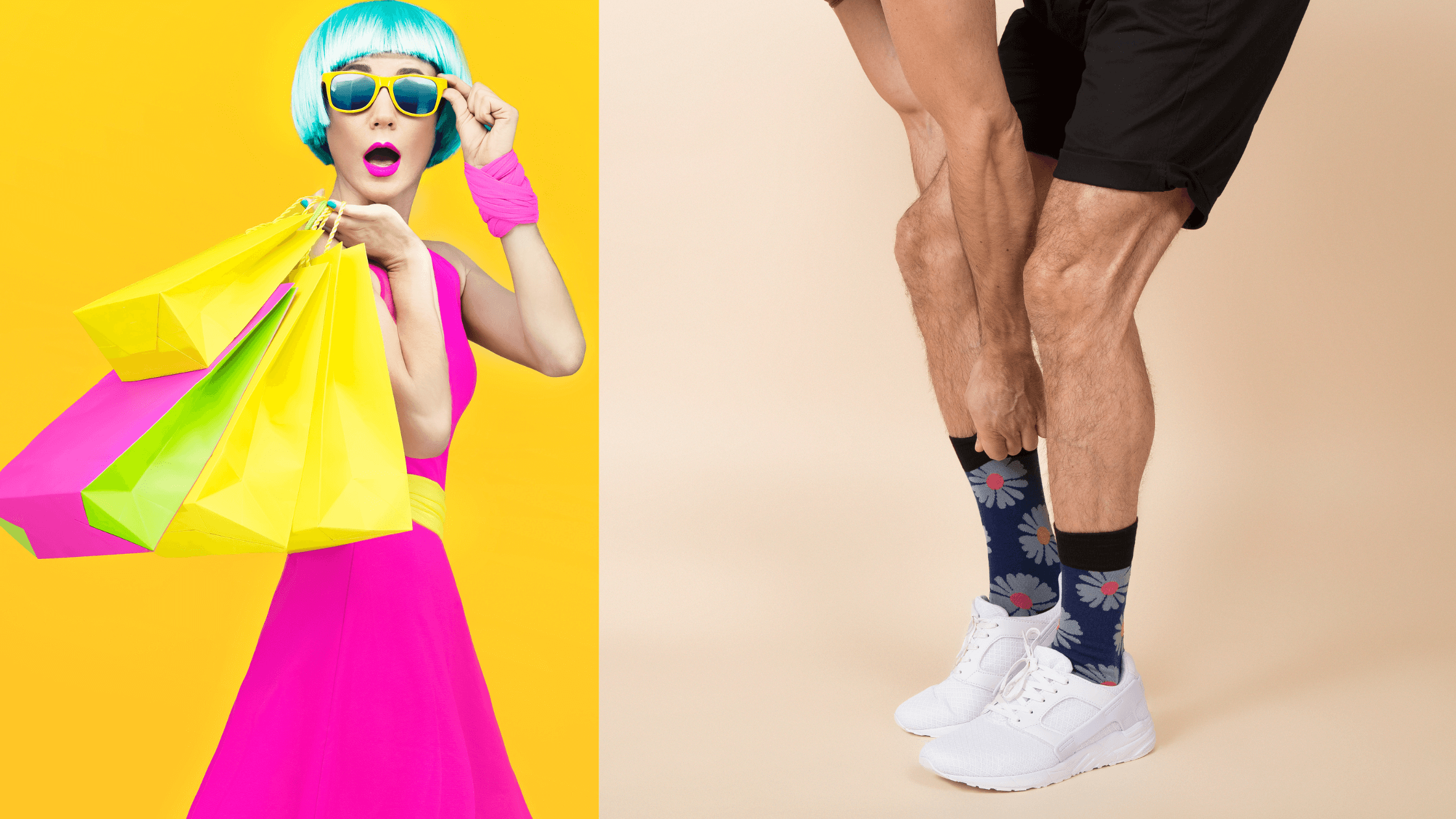
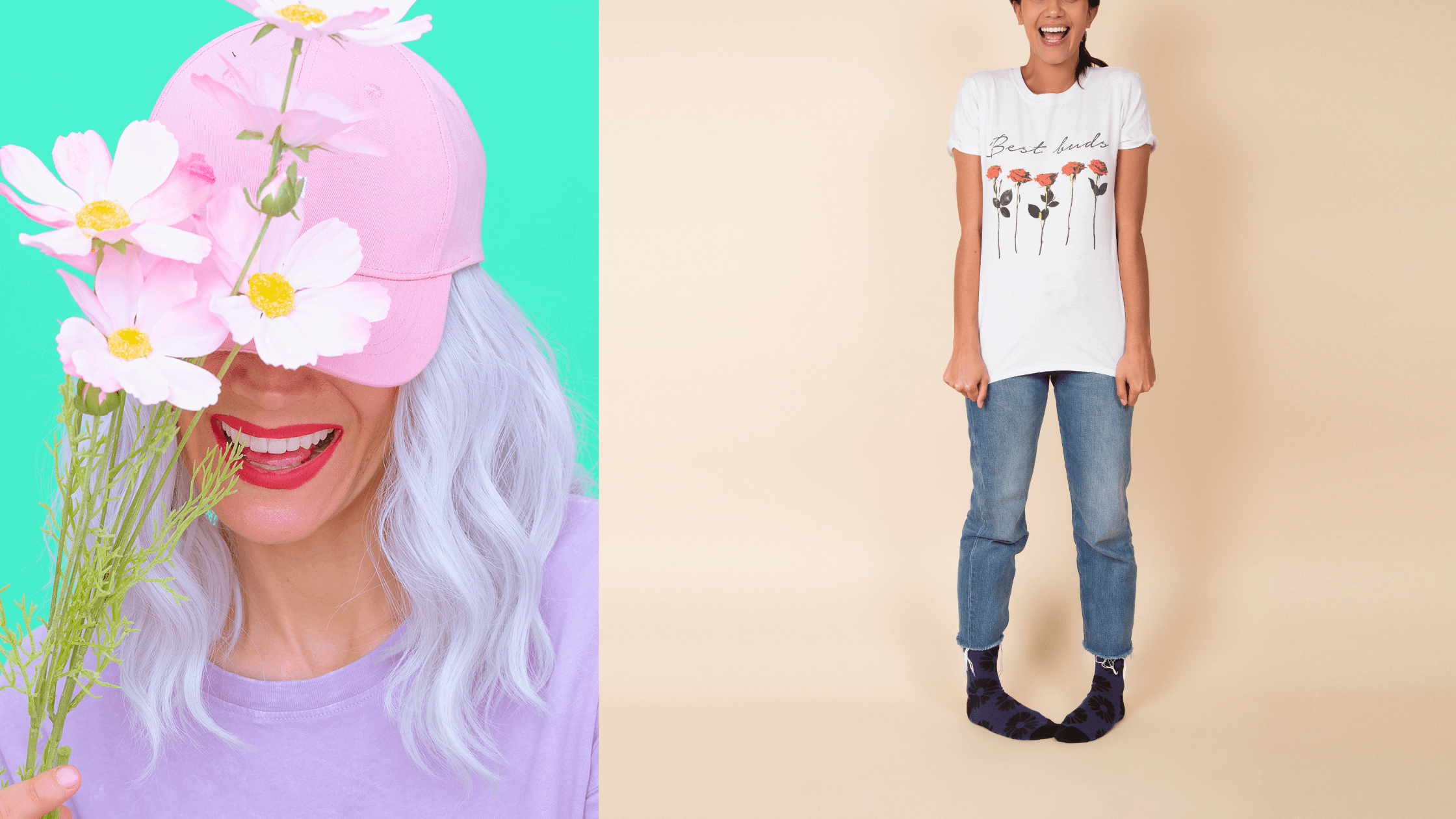
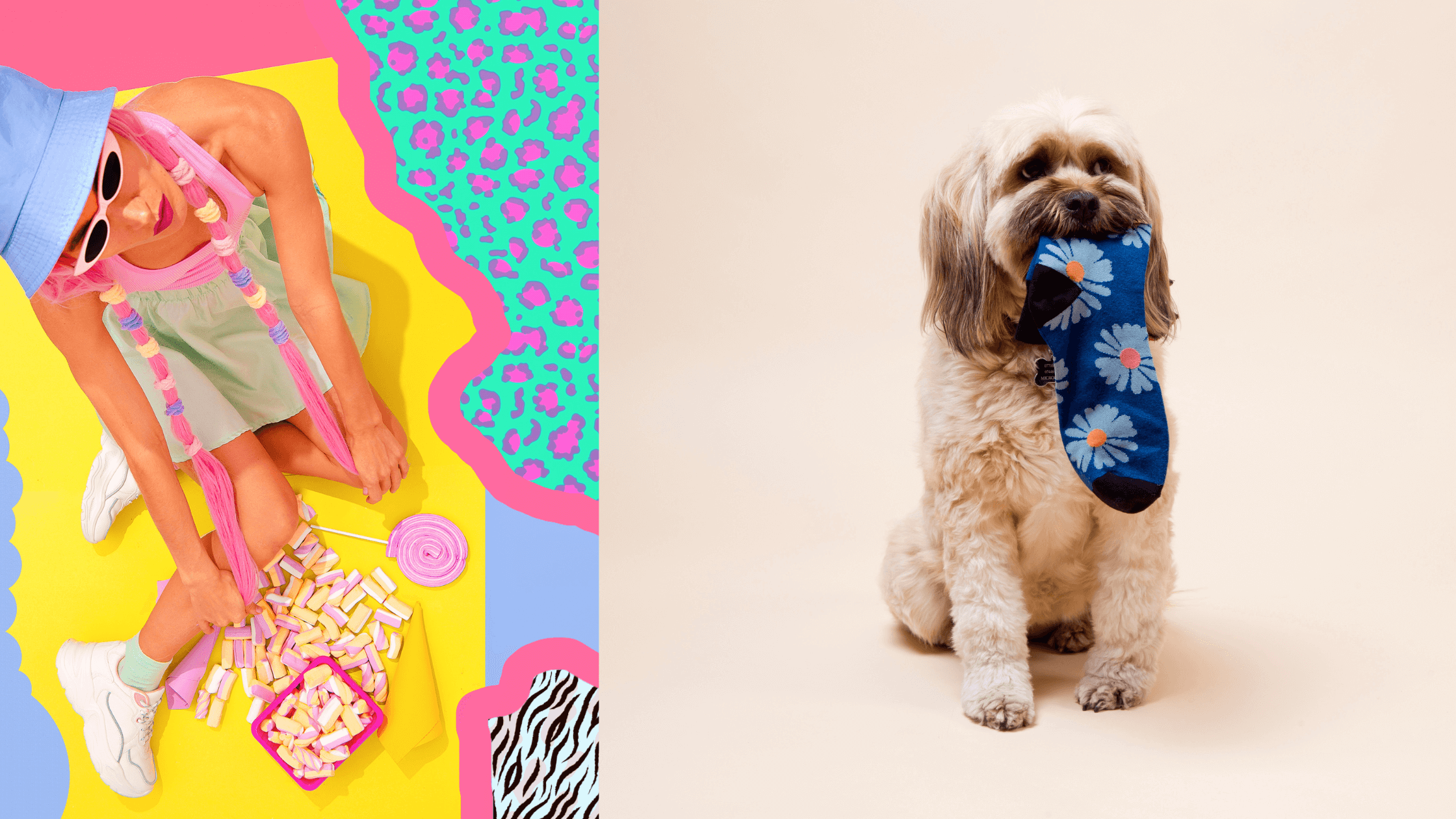






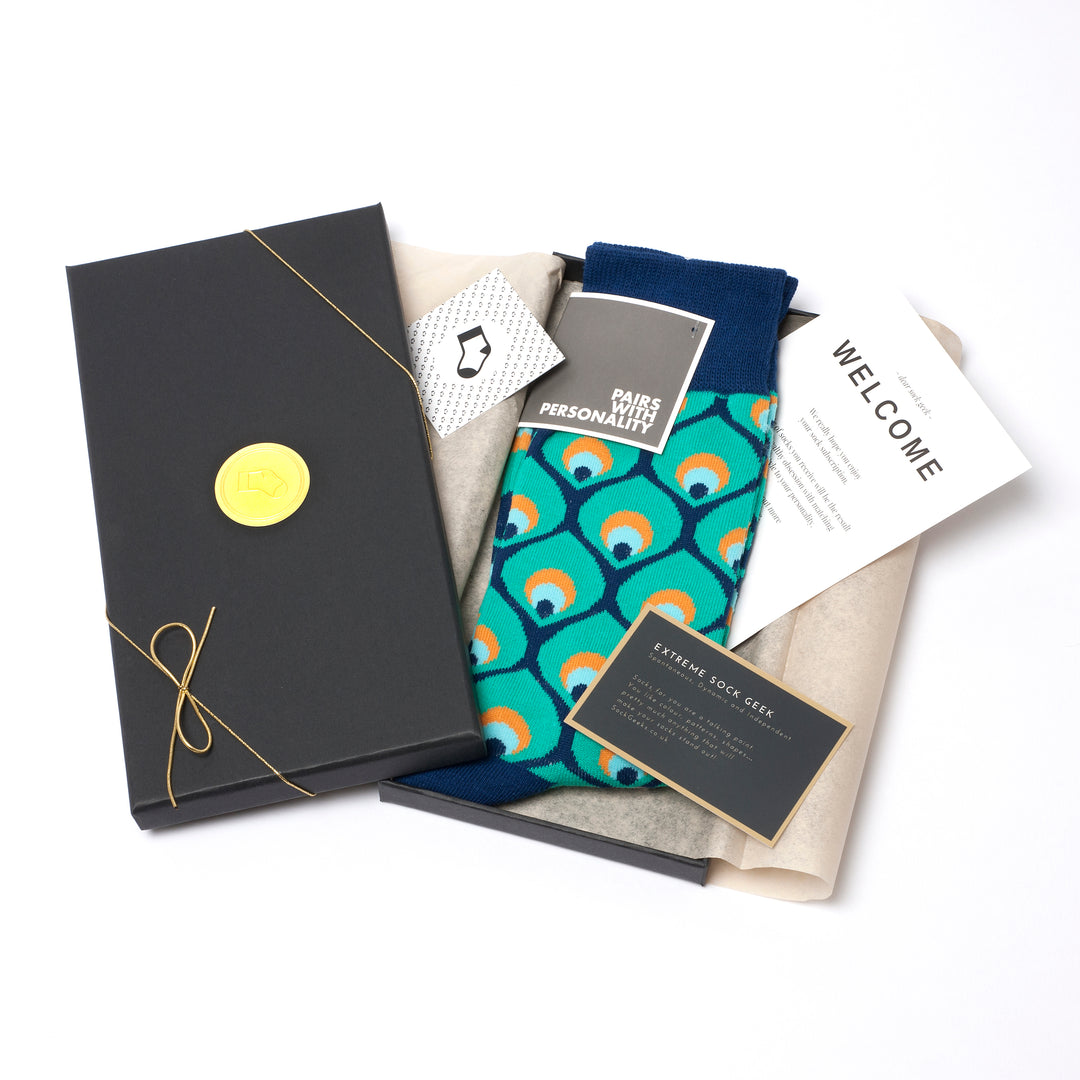

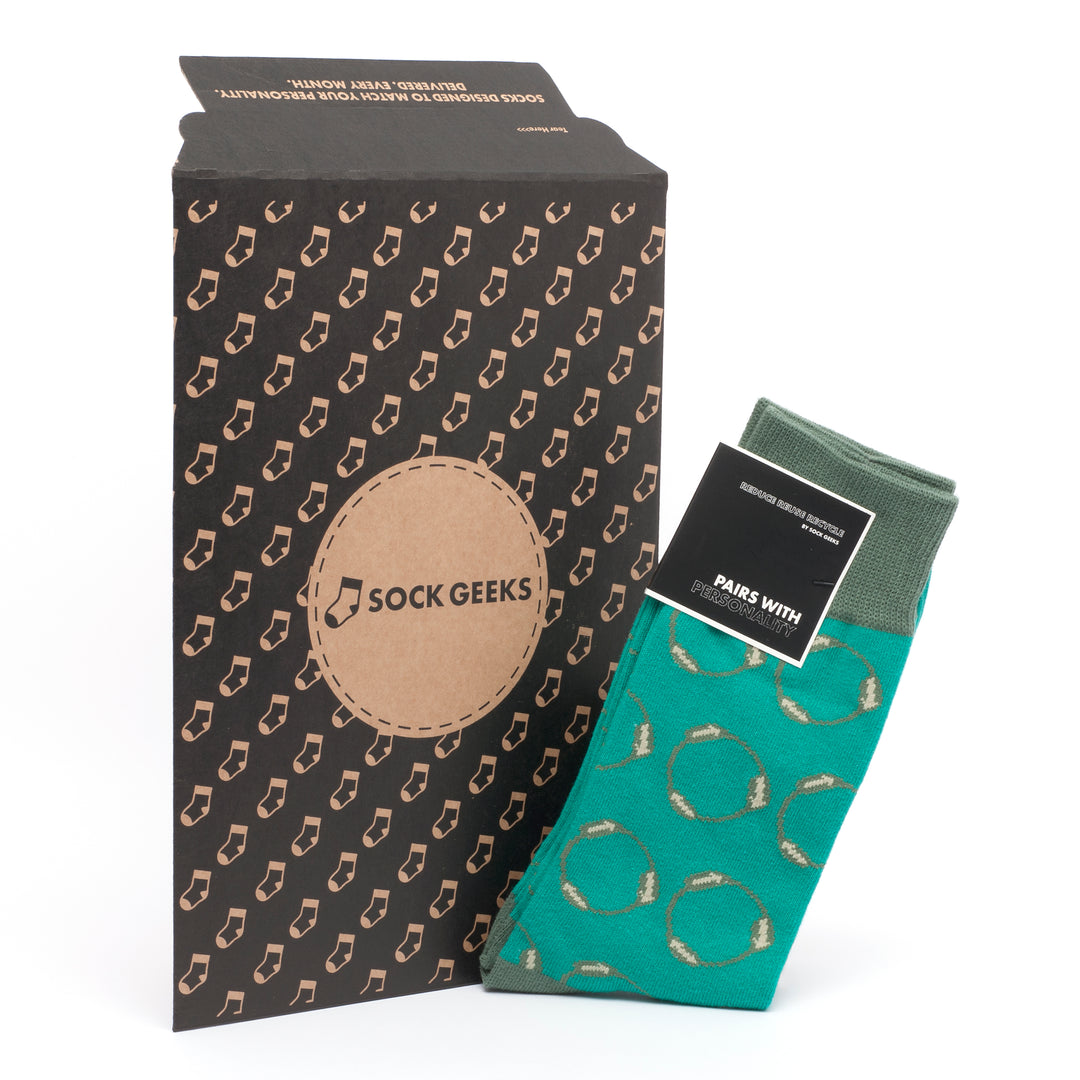
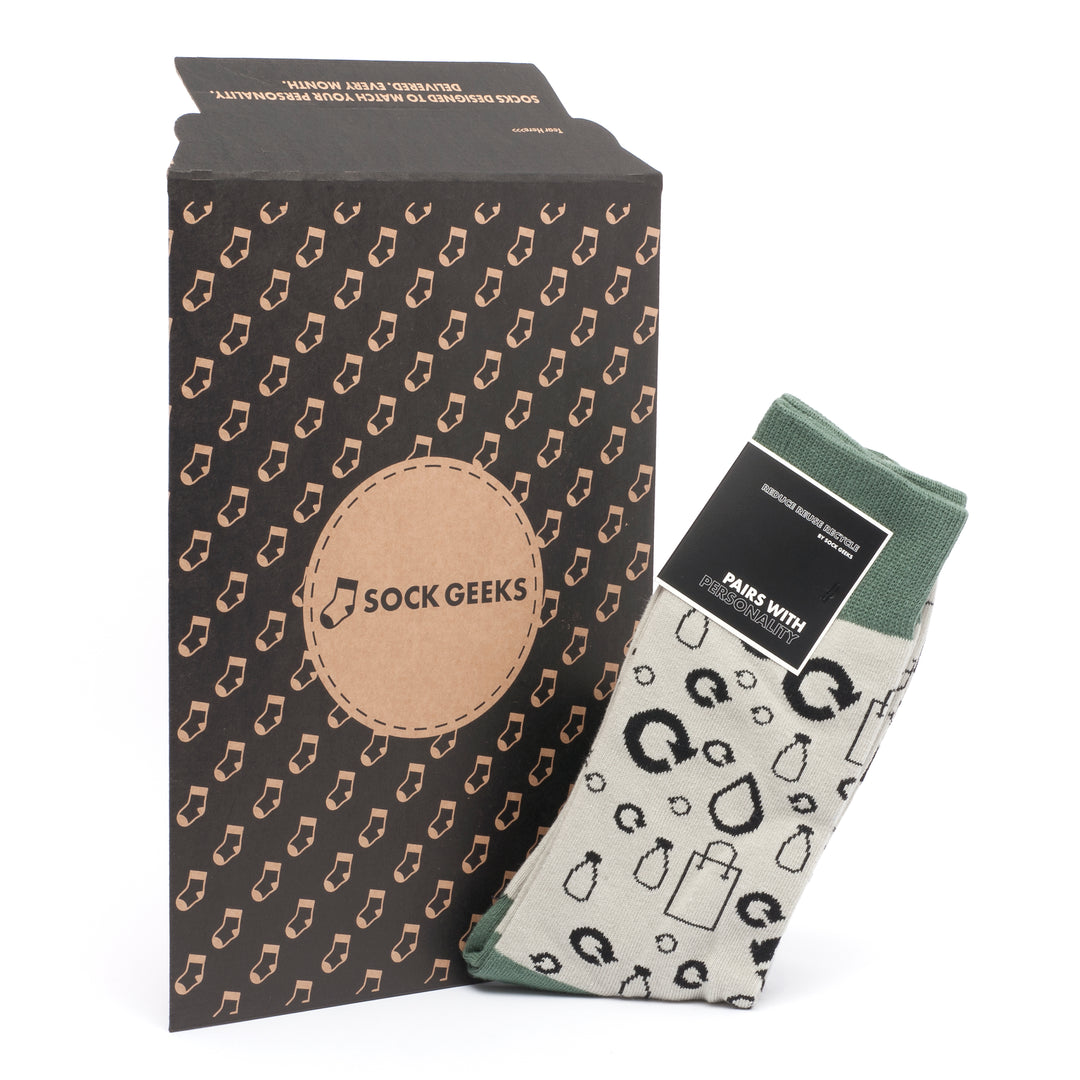



Leave a comment